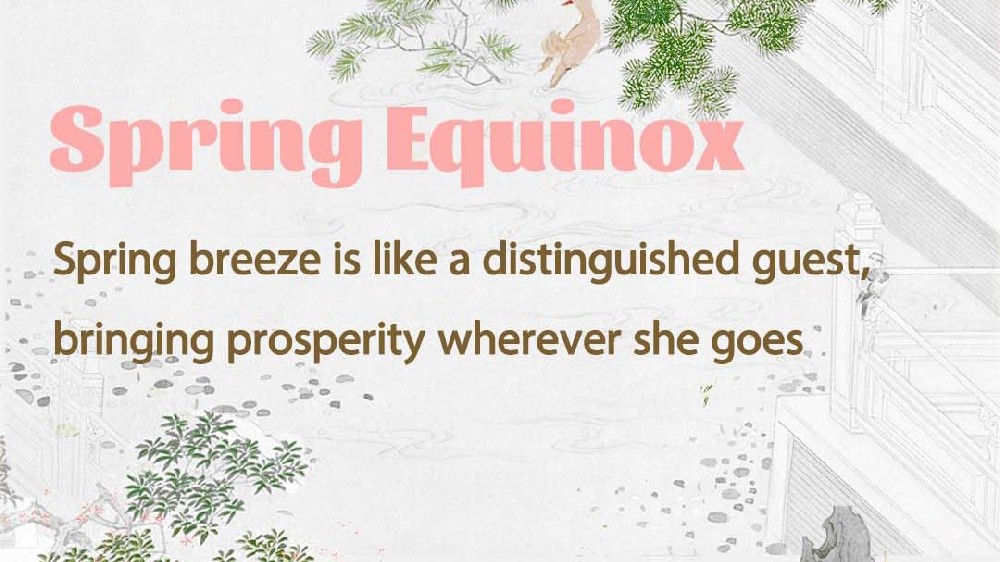Heritage Grid | Unearthing China’s Pompeii in the Misty Peaks of Wuyi City
Nestled amid the emerald peaks and winding rivers of Fujian Province, the ancient ruins of Chengcun Han City (城村汉城遗址) rise like a spectral echo of a forgotten kingdom. Located in Xingtian Town, Wuyishan City, this sprawling archaeological site—approximately 48 million square meters in area—lies 40 kilometers southwest of the modern urban center, cradled by the Chongxi River and the undulating hills of the Wuyi Mountains. Discovered in 1958 during China’s first national cultural relics survey, the site has since been revealed as the capital of the Minyue Kingdom, a short-lived but fiercely independent state that thrived during the Western Han Dynasty (202 BCE–9 BCE).

The Minyue Kingdom, founded by Wuzhu—a descendant of the legendary Yue king Goujian—was a cultural hybrid of indigenous Min tribes and migrating Yue aristocrats displaced by the fall of the Chu Kingdom in 334 BCE. For 92 years, this “barbarian” state defied the Han Empire, its rulers constructing a fortified capital that blended Central Chinese urban planning with local ingenuity. The city’s 2,896-meter-long city wall, still standing 4–8 meters high, encircled grand palaces, intricate drainage systems, and workshops producing advanced iron weaponry.
Yet like Pompeii, Chengcun’s glory ended abruptly. In 110 BCE, Emperor Wu of Han crushed Minyue’s rebellion, ordering the city burned to the ground. The flames preserved a snapshot of its final hours: charred bamboo artifacts, collapsed roof tiles stamped with “万岁” (Long Live), and iron plows abandoned mid-furrow.
British archaeologist Henry Cleere, visiting in 1998, dubbed it “China’s Pompeii”—a moniker that stuck, not for volcanic burial, but for its sudden, fiery demise.
What sets Chengcun apart from other Han-era sites is its fusion of frontier defiance and cosmopolitan sophistication. While contemporaneous cities like Xi’an’s Han capital prioritized symmetry, Minyue’s architects adapted to mountainous terrain, terracing palaces across three hills and installing spiral clay pipes for heated bathhouses—an innovation unmatched in contemporary China.
Excavations have yielded 2-meter-long hollow bricks (空心砖), bronze crossbow triggers (弩机), and decarbonized steel (脱碳钢) tools, providing evidence of metallurgical mastery that rivaled that of the Han heartland.
The site’s cultural duality is equally striking. The Minyue adopted Han agricultural practices while preserving traditions such as snake worship and cliff burials—echoes of which can still be found in Fujian’s Hakka communities today.
Among China’s Han ruins, Chengcun stands out. Unlike the orderly grid of Xi’an’s Chang’an or the ceremonial grandeur of Luoyang, this southern capital exudes a rugged adaptability. Its closest analogue may be the Nanyue Kingdom ruins in Guangzhou, though the latter lacks Chengcun’s military infrastructure and mountainous setting.
At Japan’s Yoshinogari site (3rd century BCE–3rd century CE), similar hilltop fortifications of the Yayoi people are evident, yet none match Chengcun’s scale or urban complexity. Korea’s Buyeo and Gyeongju capitals, while later, share Chengcun’s role as regional power centers resisting centralized empires.
We compared Pompeii and Chengcun beforehand, but this comparison is apt yet incomplete. Unlike its Roman counterpart, Chengcun was deliberately destroyed, not entombed by nature. Its value lies in illustrating the tension between empire and periphery—a narrative mirrored in sites like Peru’s Machu Picchu (Inca resistance) or Scotland’s Hadrian’s Wall frontier.
Chengcun is no isolated relic. It anchors the Wuyishan UNESCO World Heritage Site, sharing the stage with the region’s tea plantations, Daoist sanctuaries, and the iconic Bamboo Rafts on the Nine-bend Stream. Nearby, the 1,200-year-old Cheng Village preserves Ming-era ancestral halls where Minyue’s descendants still venerate serpent deities—a living thread to the past. Since 2022, Chengcun’s designation as a National Archaeological Park has transformed it into a stage for immersive storytelling.
Visitors tread the same flagstones where Minyue soldiers once marched, peer into a 2,100-year-old well whose waters remain drinkable, and ponder the charred timbers of a king’s bathhouse.
Related articles
-
 Believe It or Not! Mazu, China's Goddess of Ocean Could Take an Airplane
Believe It or Not! Mazu, China's Goddess of Ocean Could Take an AirplaneMore
-
 Southern Fujian's Living Legacy: How a Coastal Culture Became a Global Phenomenon
Southern Fujian's Living Legacy: How a Coastal Culture Became a Global PhenomenonMore
-
 Fuzhou’s Shipbuilding Legacy: How a 19th-Century Dockyard Shaped China’s Modernization
Fuzhou’s Shipbuilding Legacy: How a 19th-Century Dockyard Shaped China’s ModernizationMore
-
 The Sea’s Daughters: How Fujian’s Three Iconic Fishing Women Became Global Cultural Treasures
The Sea’s Daughters: How Fujian’s Three Iconic Fishing Women Became Global Cultural TreasuresMore
-
 The Rattan Shield: When War Dance Becomes Living DNA
The Rattan Shield: When War Dance Becomes Living DNAMore
